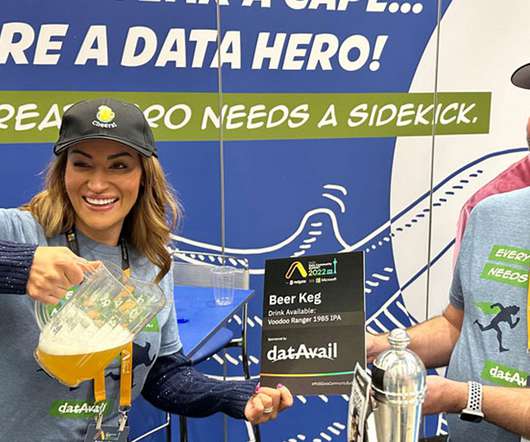Cloud Migration Will Disrupt Ops as You Know It
Xebia
JANUARY 15, 2024
Database administration tasks: Cloud providers offer you fully managed versions of your favorite relational database management systems, which are scalable and always available. You can be certain that your disaster recovery will succeed. Everything is defined and maintained in code.



















Let's personalize your content